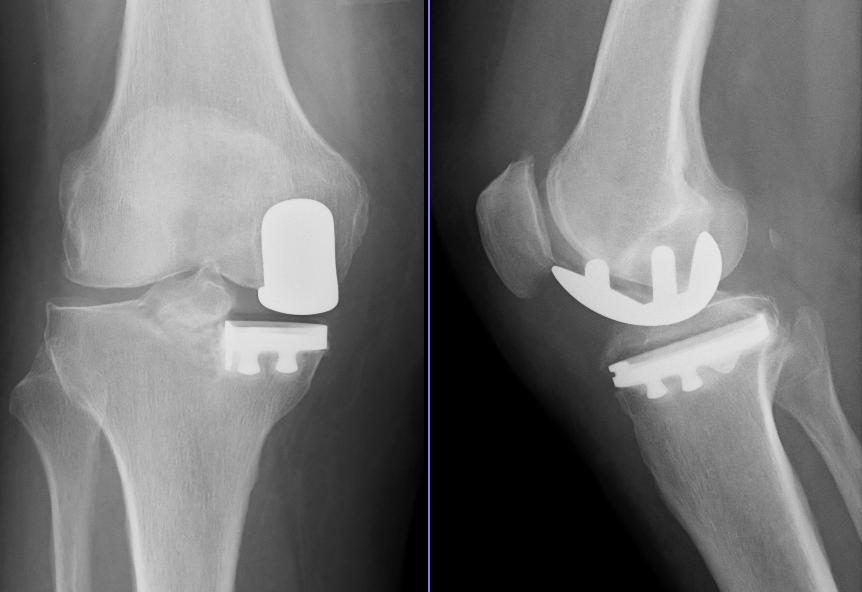What is a partial knee replacement?
A partial knee replacement, also known as a unicompartmental knee replacement, involves the resurfacing of cartilage or damaged bone and is an alternative to a total knee replacement. The major difference between the two procedures is that a partial knee replacement is concerned with just one part of the knee.
A partial knee replacement requires only a small incision, meaning hospital stay time can be minimised and that patients can resume their normal activities sooner.
Why is a partial knee replacement needed?
A partial knee replacement is typically needed to address osteoarthritis, which causes the cartilage protecting the knee bones to wear away. The procedure can address the problem in one specific area of the knee, including the lateral compartment (outside), the medial compartment (inside) and the patellofemoral compartment (the front of the knee).
There are certain conditions which might make patients ineligible for the procedure, including; ligament damage, inflammatory arthritis and significant knee stiffness. Your surgeon will advise you on your suitability for this procedure.
What does partial knee replacement surgery involve?
Prior to a partial knee replacement, surgeon will discuss the procedure with the patient. An anaesthetist will also discuss the form of anaesthesia used – either spinal or general anaesthetic – before the patient enters the operating room.
A partial knee replacement usually begins with the surgeon making a small incision at the front of the knee in order to explore the damage and verify its location in only one part of the joint. If cartilage is seen to be damaged in more than one compartment, a total knee replacement may be performed instead.
The bone is prepared using special saws to remove the cartilage before metal implants are positioned and attached to the bone using cement. Then a plastic spacer is inserted between two metal components, creating a smooth surface ideal for movement.
Recovery time
Following partial knee replacement surgery, patients typically undergo an enhanced recovery programme. Patients are allowed full weightbearing as soon as possible with walking aids. Patients stay in hospital for 1-3days after which time they can look forward to resuming normal activities in around six weeks. Swelling and pain can take up to three months to resolve.


